Research Topics
B5G and 6G Networks
The upcoming 6G mobile communication systems integrate space and terrestrial networks for global wireless connectivity. This envisages the need of a novel architecture to dynamically configure functionalities in non-terrestrial segments, addressing challenges introduced by satellite movement and network integration. By formulating an optimization problem for allocating Virtual Network Functions among LEO CubeSats and presents heuristic strategies to solve it.

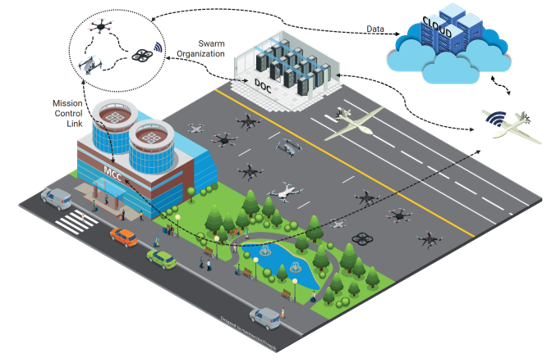
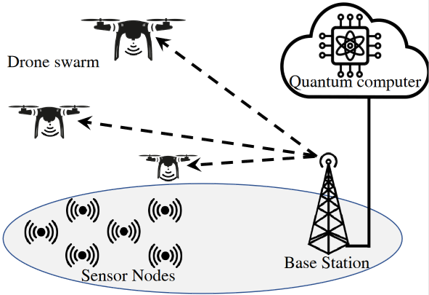

Cyber Security
Security is of paramout importance for Internet of Things, Industrial Internet of Things, and cloud-based architectures. Thus, it is important to define and implement distributed security architectures offering, also in federated and multi-authority scenarios, decoupled authentication and privacy-oriented authorization services, lightweight key agreement mechanisms, blockchain-enabled solutions, and flexible architectures providing dynamic and adaptable confidentiality requirements.
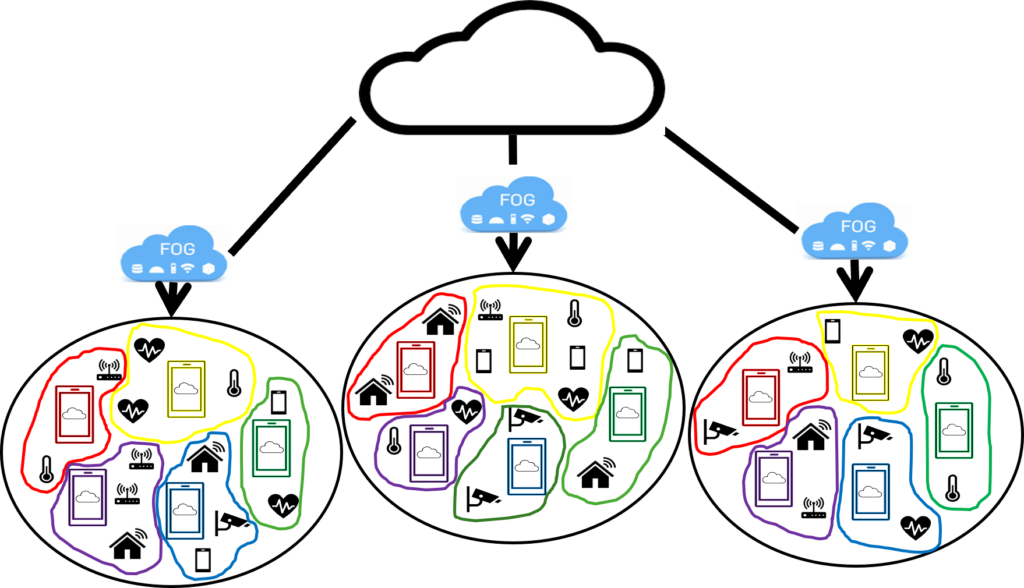

IoT and Industry 5.0
Billions of objects are being to be shattered almost everywhere to enable smart services in different application domains, such as health care, logistics, energy management, military, environmental monitoring, and industry-automation (just to name a few). Thus, it is important to design effective, flexible, energy-efficient, lightweight, distributed, and secure communication architectures.
Content Delivery Networks
The emerging Information-Centric Networking paradigm recently gained worldwide the attention of academia and industrial research communities, thanks to its inherent ability to support upcoming technologies and services beyond the current host-centric Internet rationale.
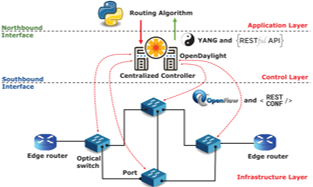
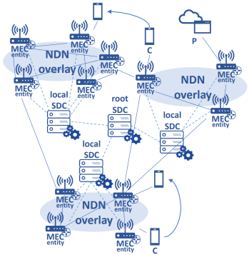
Network Softwarization
Future Internet is going to be flexibly configurable, while hosting virtualized components and functions. The Telematics Lab started important research activities related to Software Defined Networking and Network Function Virtualization, as well as their integration with Information Centric Networking, Internet of Things, and optical networks.
Nanoscale communication systems
The innovation process triggered by nanotechnologies is fostering the development of integrated devices with size ranging from one to few hundred of nanometers, very well suited for ICT, biomedical, industrial, and military applications.
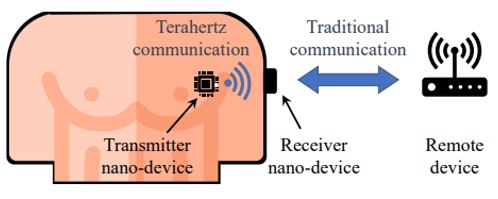
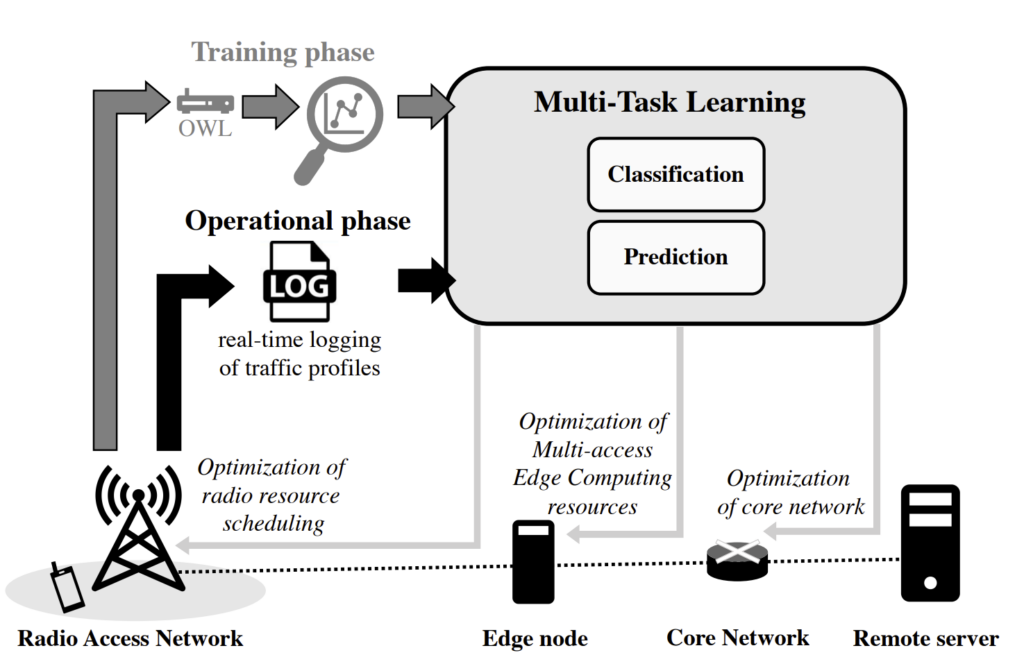
Network Behavior
The characterization of complex and interconnected systems, such as the Internet, is essential to obtain precious insights on the network behavior. Network measurements are also fundamental for deeply understanding network behavior, type of traffic managed by an operator, thus being able to conceive innovative solutions improving system performance.